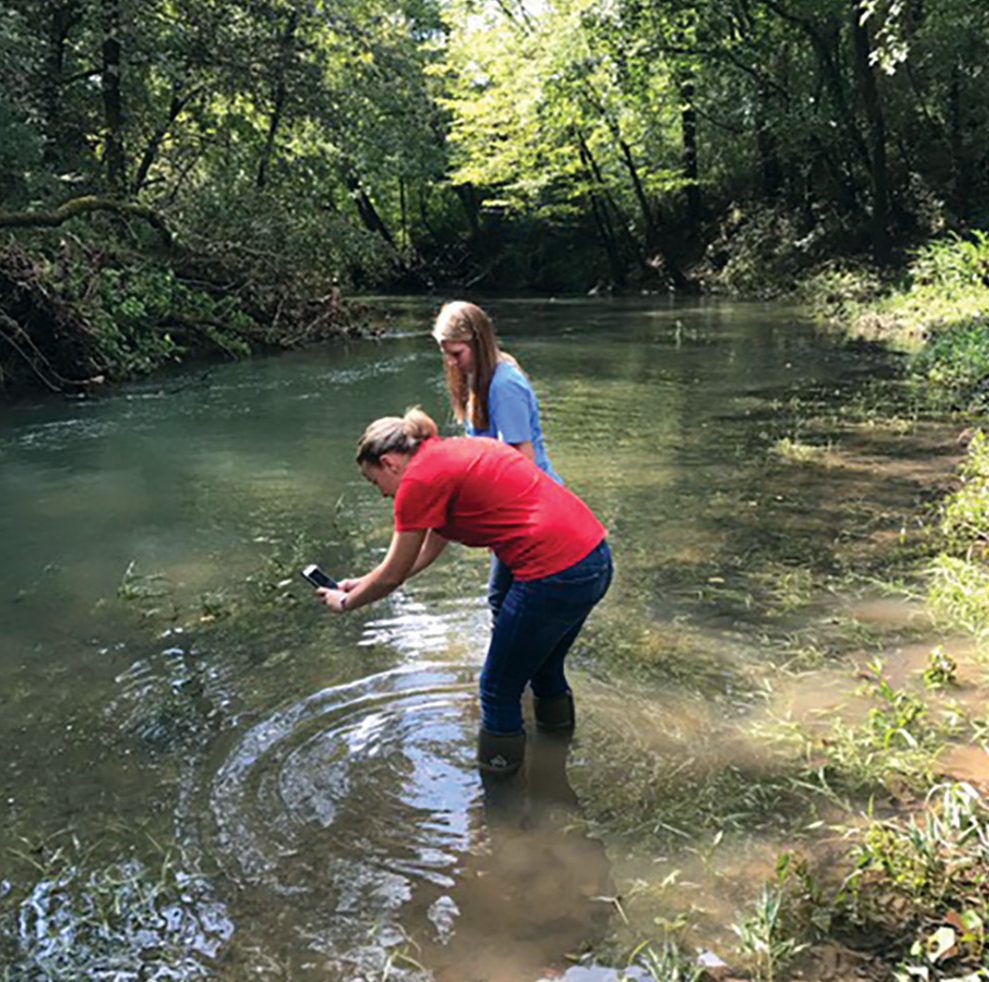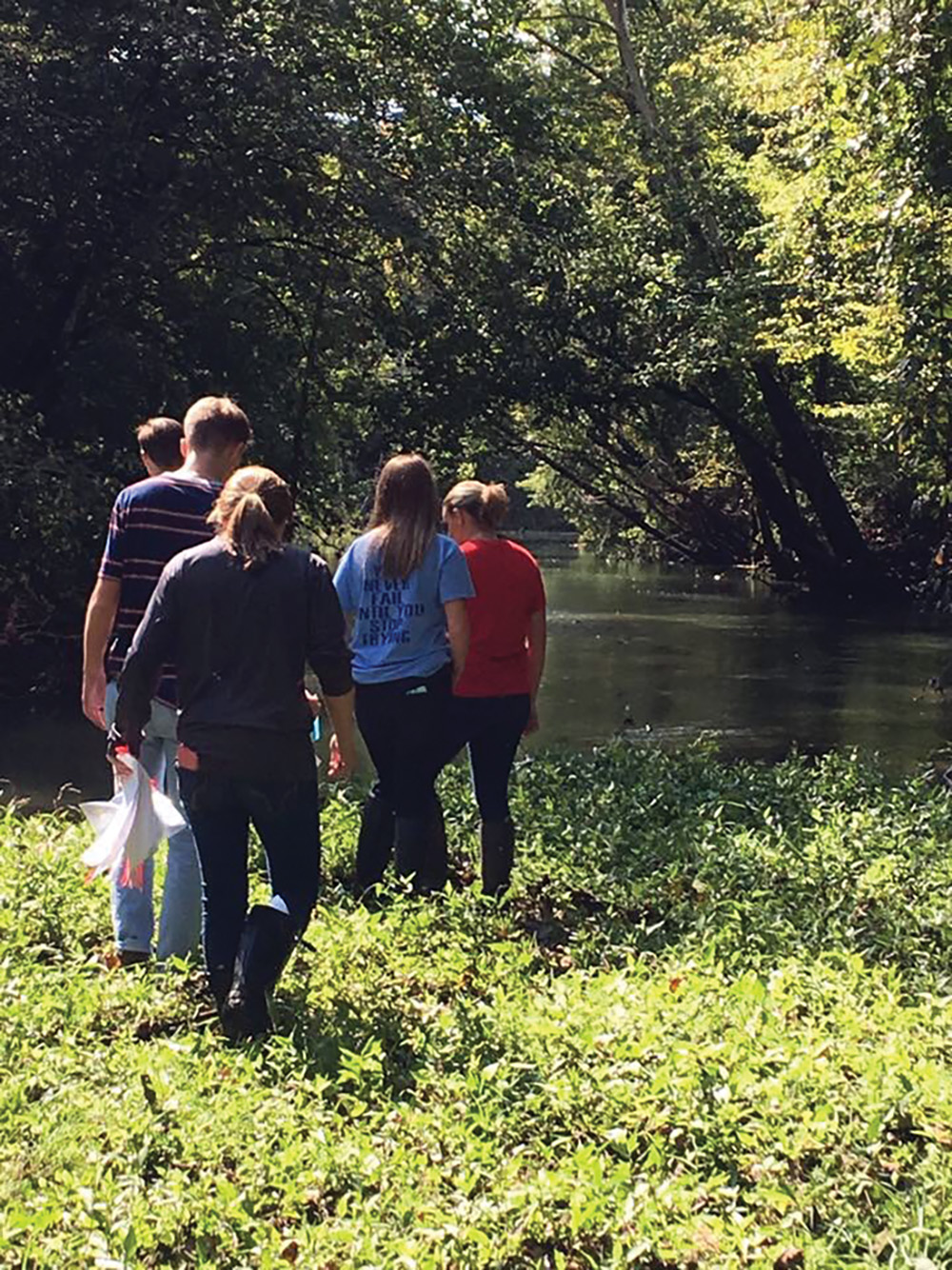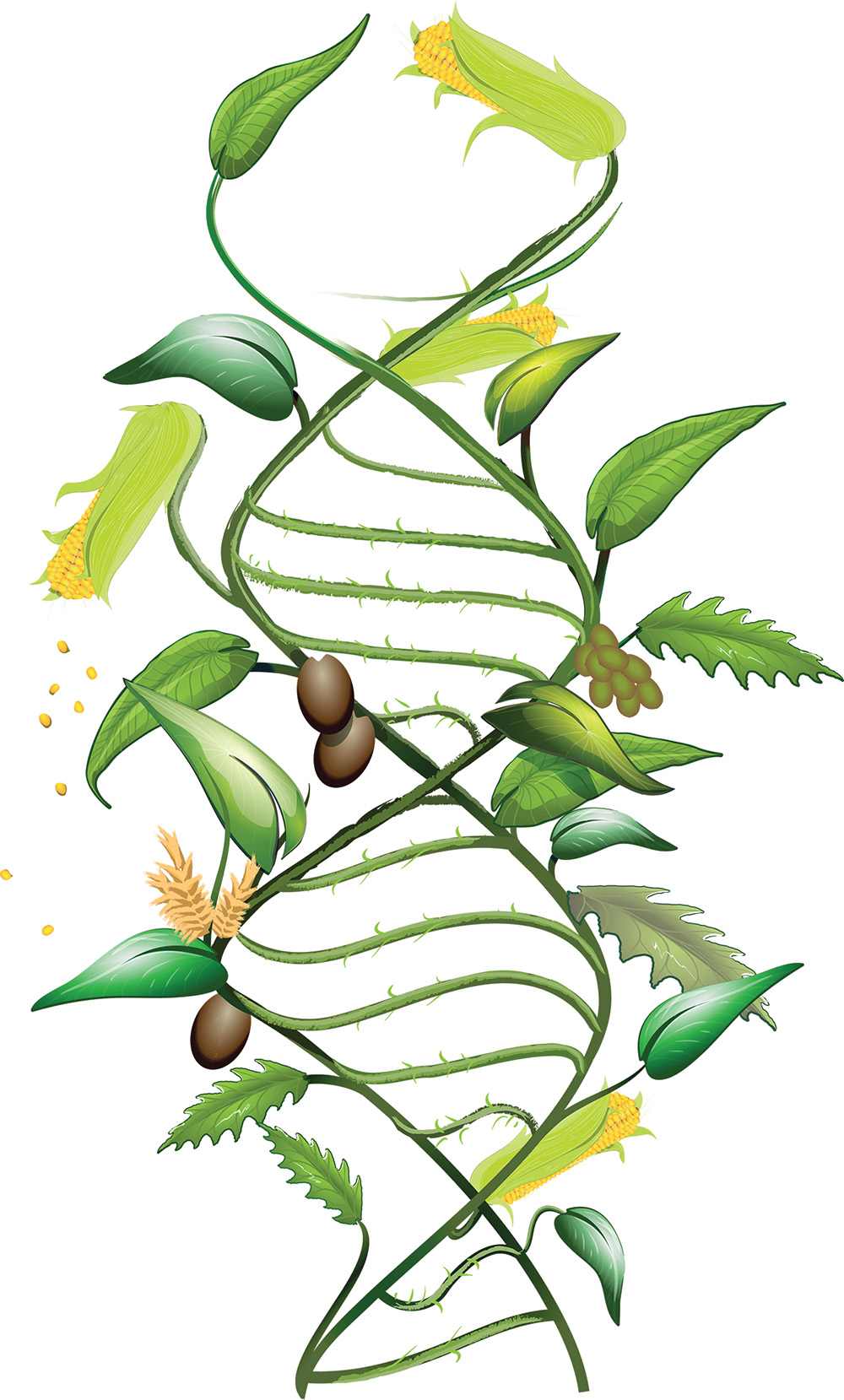Students learn about state’s diverse ecosystems

As you enter the state from Mississippi, Georgia, Florida and Tennessee, road signs welcome you to Alabama the Beautiful. The highway turns bumpier from some states and smoother from others, but the same deep, green pine forests usher travelers onto paths that lead to species as diverse and complicated and beautiful as Alabama herself.
Thanks to a unique project, high school students are getting the chance to learn more about our state’s biodiversity – all the different kinds of living organisms in Alabama. Biodiversity generally includes plants, animals and fungi, but this particular project is focusing on plants, and will allow students to become like plant detectives – giving them valuable insight into Alabama’s unique ecosystems.
Learning about barcoding
The nonprofit biotech institute HudsonAlpha, based in Huntsville, is teaming with 29 public high schools and community partners to catalog barcodes of Alabama’s flora. Barcoding uses a very short genetic sequence from part of the plant’s genome – its genetic material – to help distinguish plants that may look similar to the untrained eye.
Think of barcoding as the way a supermarket scanner distinguishes two similar products.
This innovative project will allow students to study plants unique to their counties.
Students, most of whom have little opportunity to use advanced technology to study plants, will get a tremendous educational benefit. They’re learning how to collect specimens, enter information into databases, photograph and use GPS to record locations of species, and organize samples and their numbers.
Collected samples will be sent to HudsonAlpha for DNA extraction and preparation of samples for sequencing. Using a DNA analysis program, students will examine the DNA sequences and look for a match to existing barcodes.
If a sequence is not a part of the barcode of life database, students will have the opportunity to submit the sample for validation and register a new entry in the database.
The project is a vanguard for one of its scale and funding from Vulcan Materials and others made it possible, says Jennifer Whitney Carden, public outreach lead for HudsonAlpha. Schools were chosen for their geographic diversity and teacher interest from those who applied.
The project is in conjunction with the Alabama Bicentennial celebration. Jay Lamar, executive director of the Bicentennial Commission, says it’s a wonderful way to open an avenue of participation that would not have existed otherwise. “This is a project that will take place during the bicentennial, but have a life far beyond it,” Lamar says.
A ‘jewel’ of biodiversity

Participating in this project provides Alabama educators an opportunity to introduce students to cutting-edge genetic technologies and the growing field of informatics (a discipline that focuses on the study of information processing); highlight Alabama’s natural resources; and teach the importance of preserving Alabama’s unique ecosystems.
The technologies
and supporting concepts align with objectives in the Alabama Science Course of Study for the units on ecosystems, heredity and unity/diversity, and the activities cross-reference with topics from geography, earth science and early American history.
The Bicentennial Barcode project began in the spring of 2017 and will run through early fall 2019. Students in high school biology and environmental classes will gather approximately 1,775 samples over the course of the project.
Emily Smith’s ninth-grade biology class at Pisgah High School, a member of Sand Mountain EC, is participating. She’s excited for her students to have an interactive curriculum and access to expensive equipment that would be normally out of their reach.
The class partnered with Graham Farms and explored their diverse 400-acre farm in order to collect samples that they will send to HudsonAlpha for extraction and analysis. When the sequences are returned, students will utilize a database to compare them to existing barcodes; for example, students may discover whether a particular species of oak has been cataloged.
“They’re going to get a chance to look at DNA samples, which is very rare,” Smith says. “Alabama hasn’t been that well studied as far as biodiversity and we have a lot of biodiversity. So we’re going to be able to compare the same plant grown in south Alabama as north Alabama to see if they match.”
The diversity of Graham Farms and Jackson County allowed Smith’s students to sample data from a mountain range, swampland and grassy areas. Smith, a longtime fan of biodiversity, learned a lot about her state.
“I was really intrigued with the honey locust tree,” she says. “I knew about the leaves, but I didn’t know they grew a crown of thorns off every branch and their seed pods look like green beans.”
That such a species of the flower exists here, and in a few other southern states, is another example of what makes Alabama’s biodiversity distinguished.
“Alabama is a jewel,” Carden says, and notes that the state ranks fifth among states in biodiversity. We’re the most diverse state east of the Mississippi River. “We live in a unique and gorgeous state.”




